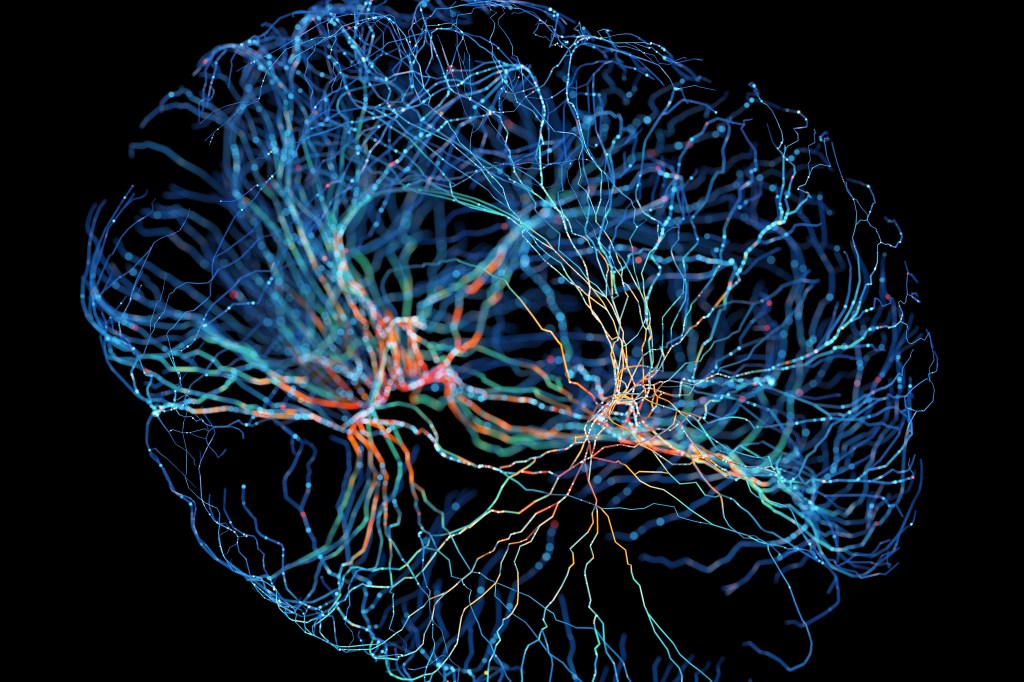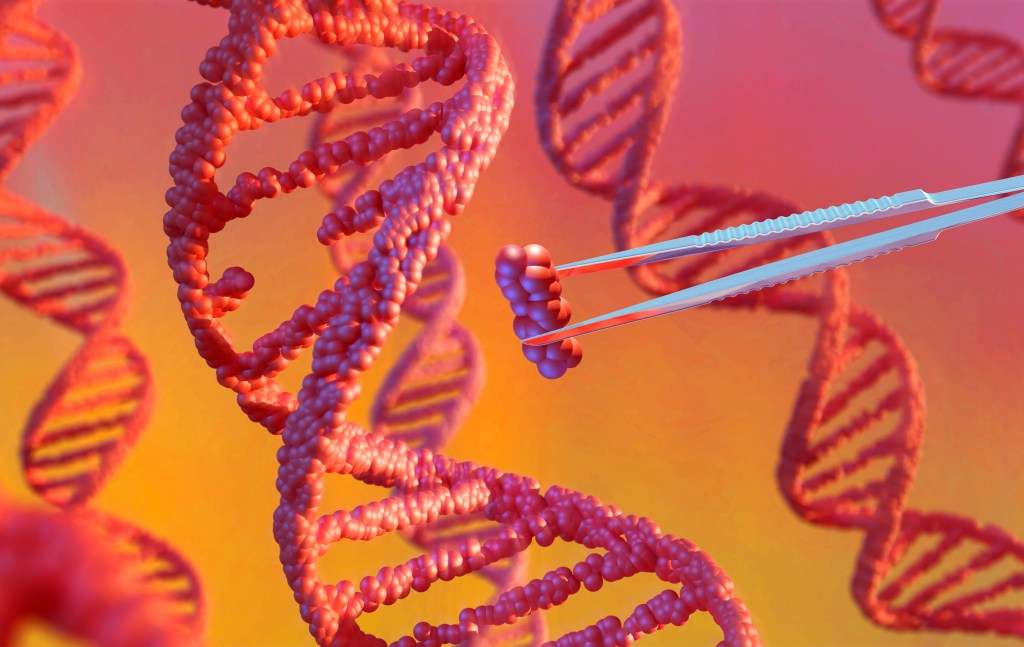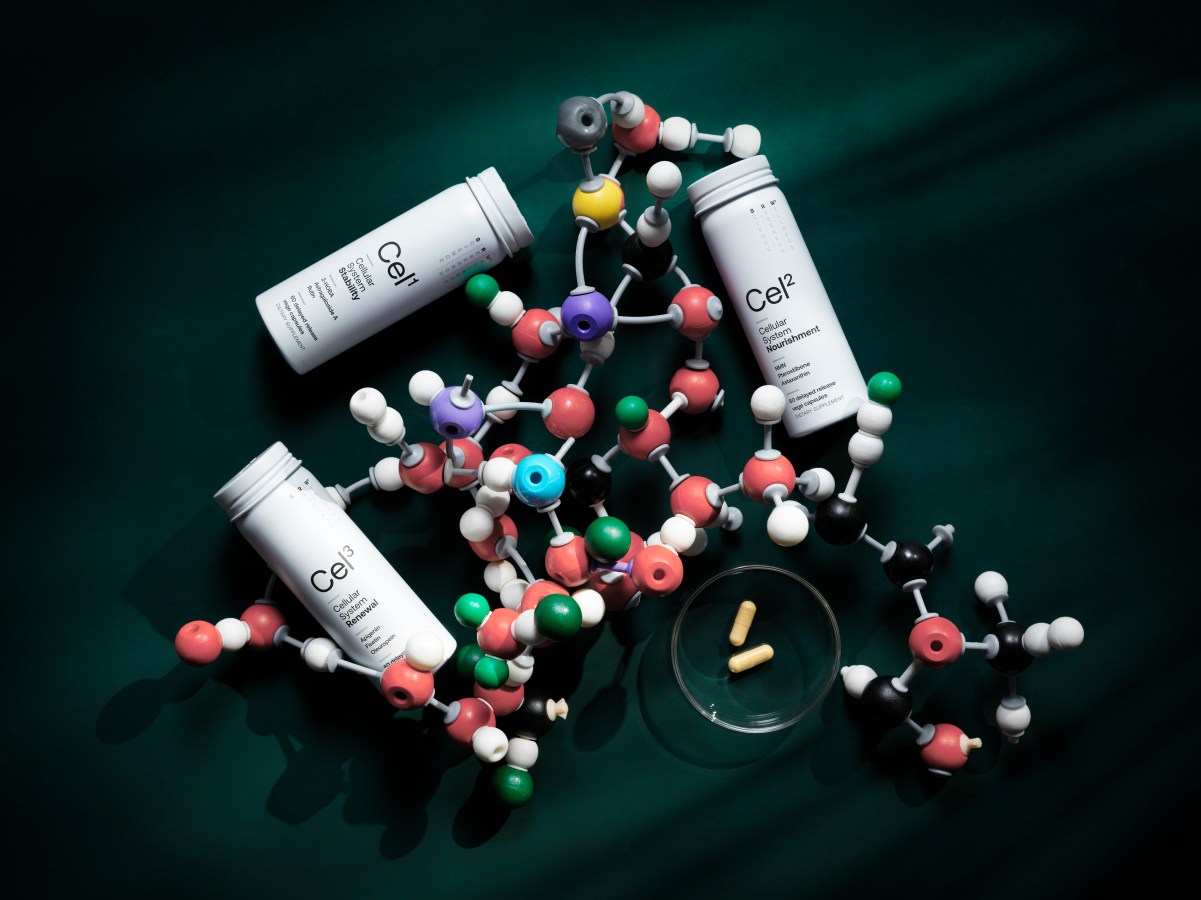Biohacking has become one of the loudest corners of the wellness world. I am 51, and as both an industry insider and a professionally curious Gen X woman, I have made it my mission to test what works and call out what does not.

By the time this article is published, I will have completed a full body MRI scan, attended a neuroscience retreat, and travelled to Seoul for the Korea Derma Conference to learn about new PDRN technology derived from wild salmon sperm DNA.
I sometimes joke that I am a citizen scientist, not in the academic sense, but as someone who has trialled cutting-edge protocols and interviewed hundreds of experts. After years in this space, one truth is clear. Most of what is sold under the banner of biohacking is marketing noise. A small fraction, however, is measurable, evidence based and genuinely transformative. Here’s some of what I have learned from global experts.
Longevity begins in the brain. The difference between living longer and living better often comes down to how we protect cognitive function. Neuroscientist Professor George Paxinos once told me, “Whatever is good for the heart is good for the brain.”
Exercise, cardiovascular health and social connection remain the most powerful neuroprotectors we have.
Behavioural Therapist Marisa Peer reframes ageing as a question of adaptability. “Flexibility is youth,” she said. “A flexible mind, a flexible body, a flexible attitude.” Novelty, curiosity and challenge are not fads; they are essential to biohacking the brain. In the beauty industry, an emerging category of functional beauty is disrupting the venerable world of fine fragrance. Neuroscience-informed fragrances that enhance mood, focus and even libido are bridging the worlds of beauty and wellness. Watch this space.

When it comes to the body, hormones remain one of the most misunderstood and polarising aspects of longevity.
Orthopaedic surgeon Dr Vonda Wright explained that one in two women will experience a fracture in their lifetime and a third of those who break a hip will not survive the year. Oestrogen is not cosmetic. It protects the heart, brain and bones. The skeleton itself is one of the most overlooked markers of biological youth. Bone density affects posture, facial structure and mobility and optimised hormones are a first step to protecting bone.
Plastic surgeon Dr Steven Liew calls bone loss the final frontier of ageing and warns that ignoring the skeleton means ignoring the foundation of the face.
Urologist Dr Kelly Casperson taught me that testosterone, for men and women, plays a vital role in energy, confidence and sexual health. “Hormones aren’t dangerous villains,” she told me. “Sexual health is a longevity conversation.”
If there is a single driver behind many midlife changes, it is inflammation. Functional medicine specialist Dr Agnes Warchalowski explained that mid-life hormonal decline does not cause weight gain; it exposes decades of silent inflammation. Fat is not inert. It behaves like an endocrine organ, releasing hormones such as leptin that drive hunger. When combined with stress, histamine and gut imbalance, this creates what she calls inflammatory weight, swelling and fluid retention that mimic fat gain.
Clinical nutritionist Sarah Di Lorenzo adds that data is key. “We start with the bloods so we know exactly what we are treating.”
Pharmaceutical and advanced supplemental interventions remain one of the most evidence based aspects of longevity. Metformin, long used for diabetes, shows promising data. Ageing scientist Dr Lindsay Wu noted that type 2 diabetics on metformin often live longer than their non-diabetic peers. Cardiologist Dr Ross Walker calls it a workhorse for ageing, though he insists that no pill will ever outperform exercise or happiness.
I’be been taking Metformin for over six years. NAD and its precursors NMN and NR are emerging in the same space, showing potential for improving cellular repair and energy, but human studies are still catching up to the hype. Dr Wu is working with Professor David Sinclair on a promising intervention using NMN to reverse cellular ageing. Lois Nahirney, Canadian founder of DNA Power, believes DNA testing can guide everything from nutrition to supplementation. “Your DNA isn’t your destiny,” she said. “It’s your roadmap.”

Regeneration is changing both medicine and beauty. Dubai based Stem cell pioneer Dr Steven Victor describes them as the body’s emergency repair system. Dr Steven Liew believes polynucleotides, derived from salmon DNA, represent the next evolution in skin rejuvenation, calling them dermal restructuring, not just tightening but creating new architecture in the skin.
Cosmetic physician Dr Joseph Hkeik highlights new technology such as ultrasound, which stimulates collagen, elastin and hyaluronic acid without fat loss or invasive procedure. “The world is already painful,” he said. “Why should treatments add to it? We can now treat eyelids non-surgically, and that is revolutionary.” Dermatologist Professor Greg Goodman sees the next wave in DNA repair enzymes, telomere protection and exosomes. “Exosomes may be the next frontier,” he told me, “but evidence must catch up with excitement.”
The beauty industry has taken note from longevity science. French Luxury brand Sisley recently launched its Longevity Essential Serum, positioning epigenetic science as skincare. Nivea has introduced epigenetic longevity to the mass market, while La Prairie’s Life Matrix Haute Cream presents longevity as luxury and it is at $2600 a jar. It is fascinating to see language once reserved for medicine now appearing on beauty counters. Some of these products are credible innovations, but beware those dressed in scientific theatre. Consumers will need guidance to tell the difference.
That is where I stand, at the intersection of beauty, wellness and science, translating complex research into practical rituals. Biohacking can be loud, seductive and chaotic, but real longevity has nothing to do with noise. It is about evidence, consistency and measuring the baseline and tracking the results of your interventions.
This takes me back to the Whole Body MRI, an oncology-grade scan that detects structural and vascular changes before symptoms appear. As Dr Zane Sherif from Mermaid Beach Radiology explains, it is not a body survey but a research-grade diagnostic tool that offers a true baseline for proactive health. Using magnetic fields rather than radiation, it reveals the invisible shifts in joints, organs and bones that determine how well we age.
Understanding that data, not chasing the next pill or protocol, is the real hack. For me, it represents what longevity should be about: using science to understand our biology before it fails us. The real future of beauty and wellness is not about chasing youth, it is about being informed enough to preserve it.
Bahar Etminan is the founder of Ageless Radiance Club podcast and events platform, an author and expert in new beauty, longevity and cellular wellness, with over three decades of experience in luxury branding and women’s lifestyle media.
Look back on the week that was with hand-picked articles from Australia and around the world. Sign up to the Forbes Australia newsletter here or become a member here.

